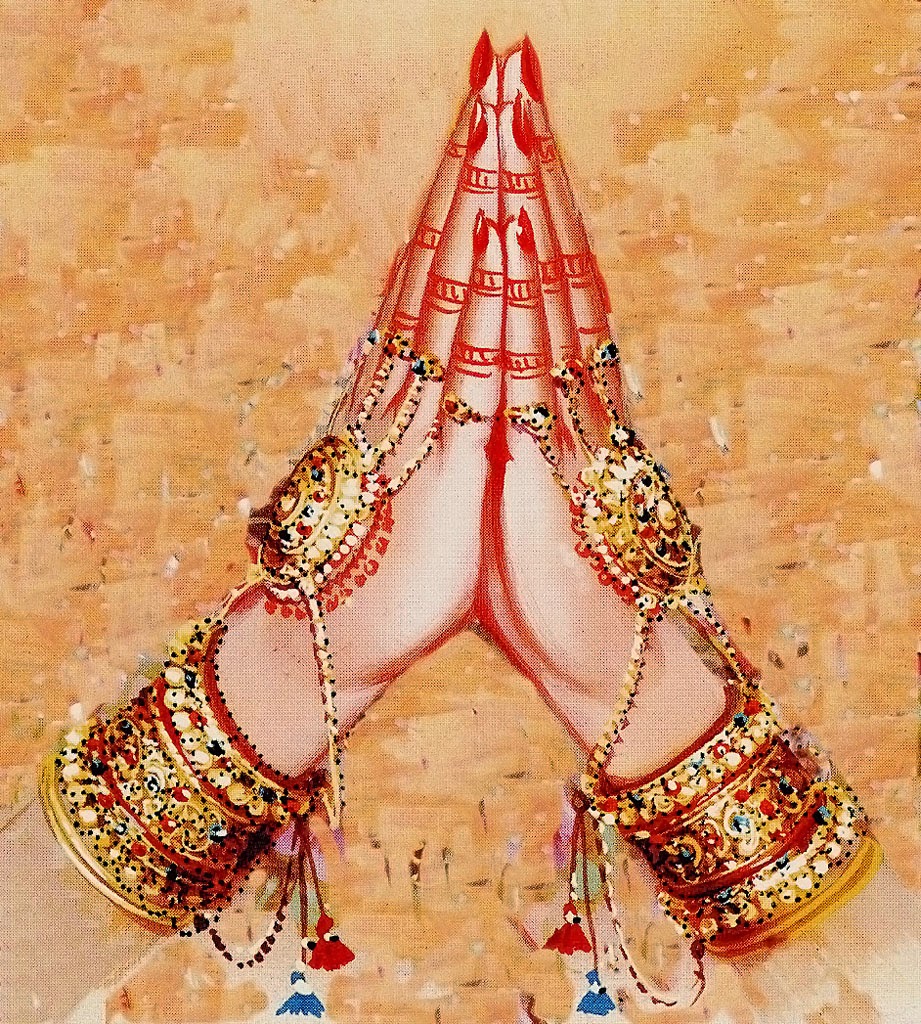In a world that is increasingly interconnected, the use of greetings from various cultures has become commonplace. Among these, "namaste" stands out for its profound significance and spiritual connotations. While many people casually use the term, its true meaning extends far beyond a simple hello. Namaste has deep roots in Indian culture and spirituality, often associated with yoga and meditation practices. Understanding what does the namaste mean can enrich our appreciation for this beautiful expression.
Originating from Sanskrit, namaste is a greeting that conveys respect and reverence. It is often accompanied by a gesture—placing the palms together in front of the heart and bowing slightly. This physical action embodies the essence of the word itself, signifying a union of the divine within the individual with the divine in others. By exploring what does the namaste mean, we can uncover layers of meaning that encompass respect, humility, and connection.
As we delve deeper into the significance of namaste, we will explore its cultural roots, the various contexts in which it is used, and how it has transcended borders to become a global symbol of peace and understanding. This exploration not only enhances our knowledge but also invites us to embrace the meaning behind this simple yet powerful gesture.
What Is the Origin of the Word Namaste?
The word "namaste" comes from the ancient Indian language of Sanskrit. It is a combination of two words: "namah," which means "to bow," and "te," which means "to you." Therefore, namaste can be interpreted as "I bow to you." This greeting is steeped in cultural significance and is often used in various rituals and ceremonies throughout India and other parts of South Asia.
How Is Namaste Used in Daily Life?
In everyday life, namaste is commonly used as a respectful greeting among individuals. It is especially prevalent in yoga classes, where practitioners greet one another and their instructors with this gesture, emphasizing a sense of community and shared energy. Here are some contexts in which namaste is used:
- In yoga classes
- During spiritual ceremonies
- As a greeting in Indian households
- In cultural exchanges and international settings
What Does the Namaste Mean in Yoga and Meditation?
Within yoga and meditation practices, namaste symbolizes a deep respect for the teacher and fellow practitioners. It represents the acknowledgment of the divine presence within each individual, fostering a sense of unity among participants. This gesture also serves as a reminder to approach the practice with humility and an open heart. Understanding what does the namaste mean in this context enhances the overall experience of practitioners.
What Are the Spiritual Significances of Namaste?
Namaste carries profound spiritual meanings. It signifies the recognition of the divine light within each person, promoting a sense of oneness and interconnectedness. This recognition encourages individuals to transcend their ego and connect with a higher consciousness. Here are some spiritual significances of namaste:
- Acknowledgment of the divine within
- Emphasis on humility and respect
- Promotion of peace and non-violence
- Encouragement of unity among diverse cultures
How Has Namaste Transcended Cultural Boundaries?
Namaste has gained popularity beyond its cultural roots, becoming a universal symbol of greeting and respect. As the practice of yoga has spread globally, so too has the use of namaste. Many people outside of India now use it as a sign of goodwill and acknowledgment of others. This cultural exchange highlights the beauty of embracing diversity and fostering understanding among different communities.
What Does the Namaste Mean in Modern Contexts?
In contemporary society, namaste is often used in various contexts, from casual greetings to expressions of gratitude. It is also featured in wellness and mindfulness movements, where it is associated with promoting mental well-being and fostering connections. Understanding what does the namaste mean in modern contexts allows individuals to appreciate its versatility and relevance in today's world.
Conclusion: Embracing the Essence of Namaste
In conclusion, namaste is more than just a greeting; it is a powerful expression that embodies respect, unity, and spirituality. By understanding what does the namaste mean, we can enrich our interactions with others and cultivate a deeper sense of connection. As we continue to navigate an increasingly diverse world, embracing the essence of namaste can serve as a reminder of our shared humanity and the importance of kindness and respect in our daily lives.



